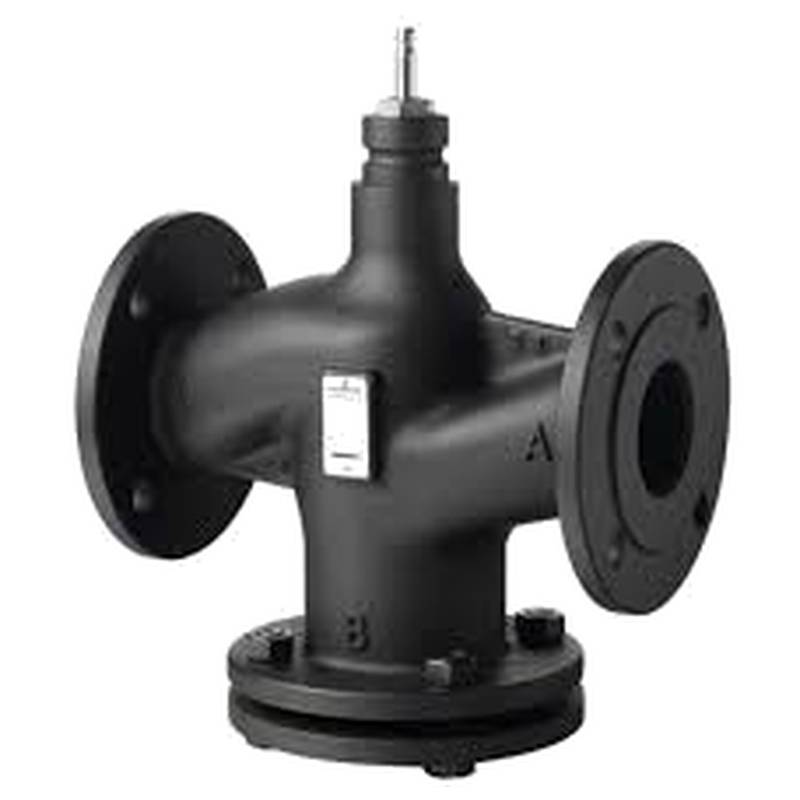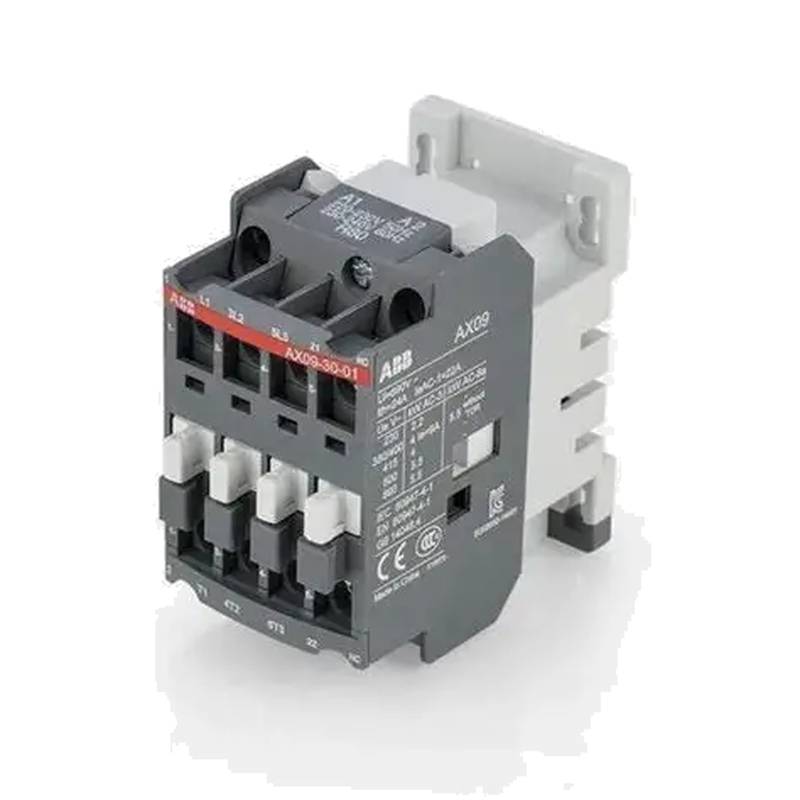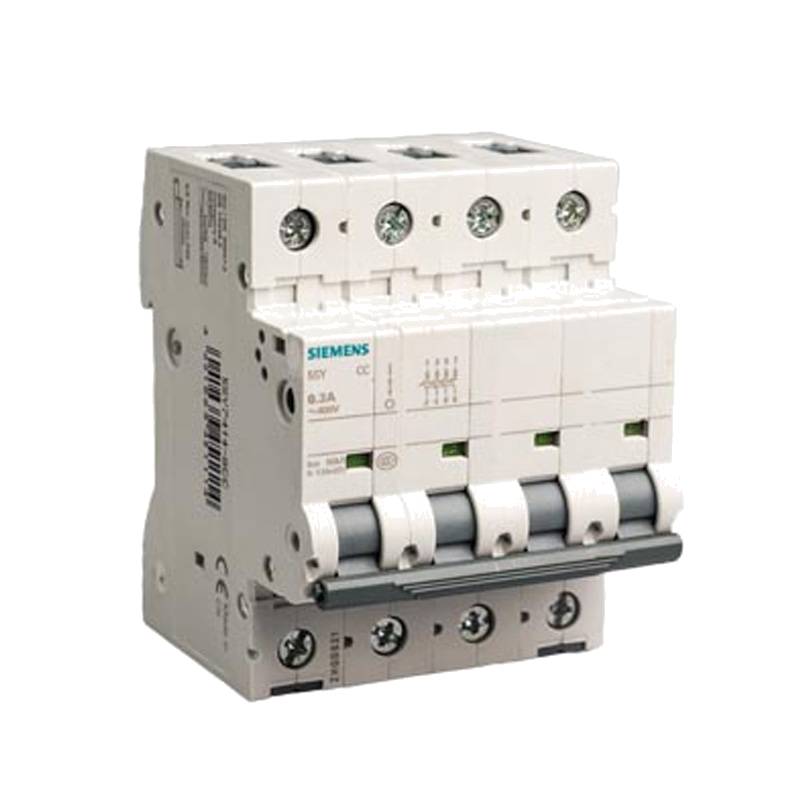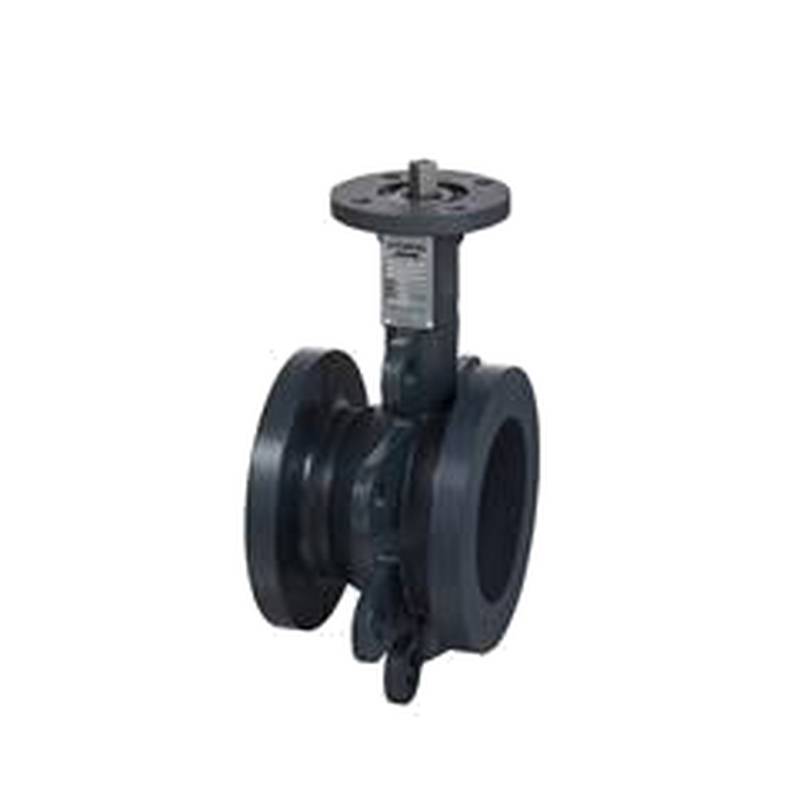
The Siemens 5SY6210-7CC Miniature Air Circuit Breaker (MCB) is a critical component for reliable power distribution in a wide array of industrial and commercial applications. Engineered with Siemens' renowned precision and commitment to safety, this 2-pole, 10-amp MCB offers robust overcurrent protection, ensuring the integrity of electrical circuits and connected equipment. Its compact design, high breaking capacity, and compliance with stringent international standards make it a preferred choice for panel builders, electricians, and system integrators seeking dependable and efficient circuit protection solutions. The 5SY6210-7CC stands out for its durability, ease of installation, and the peace of mind it provides in demanding electrical environments, embodying Siemens' legacy of innovation in electrical engineering.
Product Specifications
| Feature | Specification |
| :-------------------- | :------------------------------------------- |
| Product Type | Miniature Circuit Breaker (MCB) |
| Manufacturer | Siemens |
| Series | 5SY6 |
| Number of Poles | 2 |
| Rated Current (In) | 10 A |
| Rated Voltage (Un) | 400 V AC |
| Tripping Characteristic | Curve C |
| Breaking Capacity (Icn) | 6 kA at 400 V AC |
| Frequency | 50/60 Hz |
| Terminal Type | Screw Terminal |
| Mounting Type | DIN Rail (35 mm) |
| Protection Class | IP20 |
| Operating Temperature | -25 to +45 °C |
| Compliance | IEC/EN 60898-1, IEC/EN 60947-2 |
Core Features & Market Positioning
The Siemens 5SY6210-7CC MCB distinguishes itself through its superior construction quality and adherence to global safety standards, including IEC/EN 60898-1 and IEC/EN 60947-2. Its Type C tripping curve is specifically designed to handle moderate inrush currents typically associated with inductive loads, such as motors and transformers, without nuisance tripping, while still providing rapid disconnection for short circuits. With a breaking capacity of 6 kA, this breaker offers substantial protection against fault currents, a crucial differentiator in many industrial settings where higher fault levels can be anticipated. This combination of robust protection, reliable operation, and broad applicability positions the 5SY6210-7CC as a high-value component for professionals prioritizing safety and operational continuity.
Key Application Scenarios
This Siemens 5SY6210-7CC Miniature Circuit Breaker is ideally suited for protecting individual circuits in a variety of settings. Common applications include branch circuit protection in control panels for machinery, auxiliary power circuits in building management systems, and protection for lighting and socket outlets in commercial facilities. Its 2-pole design ensures simultaneous disconnection of both live and neutral conductors, enhancing safety during maintenance. The 10A rating makes it perfect for circuits with moderate power demands, such as those powering smaller motors, pumps, or essential electronic equipment. The curve C characteristic is particularly beneficial for applications with potential for moderate inductive loads, preventing unnecessary shutdowns.
Practical System Integration Guidance
Integrating the Siemens 5SY6210-7CC MCB into electrical systems is straightforward due to its standard DIN rail mounting and user-friendly screw terminals. Ensure the power supply is de-energized before installation. Mount the breaker securely onto a 35mm DIN rail, typically found in distribution boards and control cabinets. Connect the incoming live and neutral conductors to the designated terminals, usually marked with 'L' and 'N' respectively, ensuring correct polarity. The outgoing load conductors are then connected to the output terminals. For optimal performance and safety, use appropriately sized conductors that match the breaker's 10A rating and ensure all connections are torqued to the manufacturer's recommended specifications to prevent overheating and ensure reliable contact.
Operation and Risk Mitigation
The primary function of the Siemens 5SY6210-7CC is to interrupt current flow automatically when an overload or short circuit condition is detected, thereby preventing damage to electrical equipment and mitigating fire hazards. The tripping mechanism is activated by a thermal element for overloads (slower acting, protects against sustained overcurrent) and an electromagnetic element for short circuits (instantaneous, protects against sudden, high-current faults). To mitigate risks, always ensure the correct breaker rating and tripping curve are selected for the intended application. Regular visual inspections for signs of overheating or damage, along with periodic functional testing of the tripping mechanism, are recommended best practices for maintaining operational safety and preventing unexpected failures.
Scalability & Long-Term Value
The Siemens 5SY6210-7CC MCB offers significant long-term value through its compatibility with the broader Siemens SENTRON series and its robust design, ensuring a prolonged service life. While MCBs are typically specified for fixed current ratings, the scalability aspect often lies in the ability to easily replace or upgrade individual units within a distribution board or control panel to meet evolving load requirements or enhanced protection needs. Its integration into standard Siemens electrical infrastructure allows for seamless expansion and modification of electrical systems over time. Furthermore, its reliable performance minimizes downtime, contributing to overall operational efficiency and reducing the total cost of ownership.
Frequently Asked Questions
1. What is the breaking capacity of the Siemens 5SY6210-7CC?
The Siemens 5SY6210-7CC features a breaking capacity of 6 kA. This means it can safely interrupt fault currents up to 6,000 amperes at its rated voltage of 400 V AC. This capacity is crucial for preventing severe damage to electrical systems during short-circuit events.
This level of breaking capacity is suitable for many residential, commercial, and light industrial applications. It ensures that the breaker will operate reliably when faced with significant fault currents.
Choosing a breaker with adequate breaking capacity is a fundamental safety requirement in electrical system design. It protects downstream equipment and personnel.
2. What does the 'C' in 5SY6210-7CC refer to?
The 'C' in the product number denotes the tripping characteristic of the circuit breaker. A Type C breaker is designed to trip when the current is between 5 to 10 times the rated current. This characteristic is ideal for circuits with moderate inrush currents.
This makes it suitable for applications involving inductive loads like motors, transformers, or fluorescent lighting ballasts. These devices draw a higher current for a brief moment upon startup.
A Type C breaker provides a good balance, offering protection against short circuits while minimizing nuisance tripping from normal operating inrush.
3. Can the Siemens 5SY6210-7CC be used for DC circuits?
The Siemens 5SY6210-7CC Miniature Circuit Breaker is primarily designed and rated for AC circuits. It is explicitly specified with an AC voltage rating of 400 V AC. Using it in DC circuits is not recommended and could lead to unsafe operating conditions.
DC circuits have different arc extinguishing properties compared to AC circuits. Standard AC breakers may not be able to safely interrupt DC fault currents, potentially leading to arcing and failure.
Always consult the product datasheet and ensure the breaker is rated for the specific type of current (AC or DC) and voltage of the circuit it will protect.
4. How do I install the Siemens 5SY6210-7CC MCB?
Installation requires de-energizing the circuit first. Mount the breaker onto a standard 35mm DIN rail within a distribution board or control cabinet. Connect the line conductor to one terminal and the neutral conductor to the other, typically marked L and N. Then, connect the load conductors to the respective output terminals.
Ensure that the incoming power source is connected to the top terminals and the load is connected to the bottom terminals for correct operation and safety. Properly torque all screw connections to the manufacturer's specified values to ensure reliable electrical contact and prevent overheating.
Verify that the conductor sizes are appropriate for the 10A rating of the breaker and that all connections are secure. Double-check wiring polarity before re-energizing the circuit.
5. What is the difference between a Siemens 5SY6 and a Siemens 5SY4 series MCB?
The Siemens 5SY6 series, like the 5SY6210-7CC, generally offers a breaking capacity of 6 kA, making it suitable for many standard applications. The 5SY4 series, on the other hand, often provides a higher breaking capacity, typically around 10 kA.
The higher breaking capacity of the 5SY4 series makes it more suitable for installations where higher prospective fault currents are expected, such as in areas closer to the main power source or in larger industrial facilities. This enhanced capability offers greater protection against severe short-circuit events.
The choice between 5SY6 and 5SY4 depends on the specific fault current calculations for the installation site. The 5SY6 is a cost-effective solution for applications not requiring the highest breaking capacities.
6. What is the IP rating of the Siemens 5SY6210-7CC?
The Siemens 5SY6210-7CC has an IP20 rating. This means it offers protection against solid objects greater than 12.5 mm (e.g., fingers) but is not protected against water ingress.
An IP20 rating signifies that the device is suitable for installation in enclosures or environments where it will be protected from direct contact with water or other liquids. It is typically intended for indoor use within control panels or distribution boards.
Installers must ensure the breaker is housed within an appropriate enclosure that meets the environmental demands of the application to maintain the overall protection level of the electrical system.
7. How does the Siemens 5SY6210-7CC protect against overloads?
The breaker utilizes a bimetallic strip that heats up when current exceeds the rated 10A for a sustained period. This thermal expansion causes the strip to bend, eventually triggering the tripping mechanism. This slow-acting thermal protection prevents damage from gradual overcurrents.
The tripping characteristic 'C' allows for moderate inrush currents without tripping, but sustained currents above the threshold will activate the thermal overload protection. This ensures that the breaker only trips when there is a genuine risk of overheating or damage to the circuit.
This mechanism is designed to protect wiring and connected equipment from the damaging effects of excessive heat generated by prolonged overcurrents.
8. What are the typical environments where the Siemens 5SY6210-7CC is used?
This MCB is commonly found in control cabinets for industrial machinery, electrical distribution boards in commercial buildings, and sub-distribution panels for specialized equipment. Its compact size and standard DIN rail mounting make it versatile for various panel-building applications.
The operational temperature range of -25 to +45 °C also makes it suitable for a wide variety of ambient conditions encountered in industrial and commercial settings. It provides reliable protection in diverse environments.
Applications include protection for HVAC systems, lighting circuits, power outlets, and small motor loads where a 10A rating and Type C curve are appropriate.
9. Is the Siemens 5SY6210-7CC compatible with other Siemens circuit protection devices?
Yes, the Siemens 5SY6210-7CC is part of the Siemens SENTRON product line, which is designed for system integration. It is compatible with other Siemens busbars, terminal blocks, and related devices used in distribution boards and control panels.
This compatibility ensures seamless installation and a unified system approach when designing or expanding electrical distribution systems. It allows for efficient panel building and maintenance.
Utilizing components from the same series or product line often simplifies selection, installation, and troubleshooting, ensuring optimal system performance and reliability.
10. What is the required conductor size for a 10A breaker like the 5SY6210-7CC?
For a 10A circuit breaker, the conductor size should be selected based on local electrical codes and standards, typically corresponding to a minimum cross-sectional area. In many regions, this would be around 1.5 mm² for copper conductors, though 2.5 mm² might be used for longer runs or to provide a safety margin.
Always refer to your specific local electrical regulations and wiring standards, as requirements can vary significantly by region and application type (e.g., fixed wiring vs. flexible cord). Using undersized conductors can lead to overheating and fire hazards.
It is crucial to ensure the conductor's current-carrying capacity (ampacity) meets or exceeds the rating of the circuit breaker to guarantee safe and reliable operation. Consult an electrician if unsure.

























